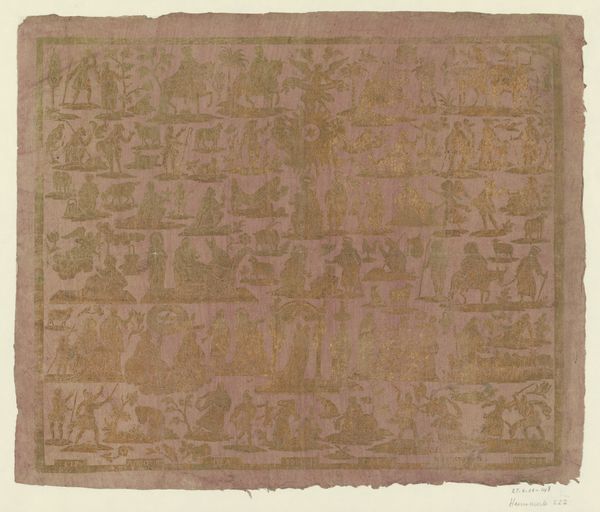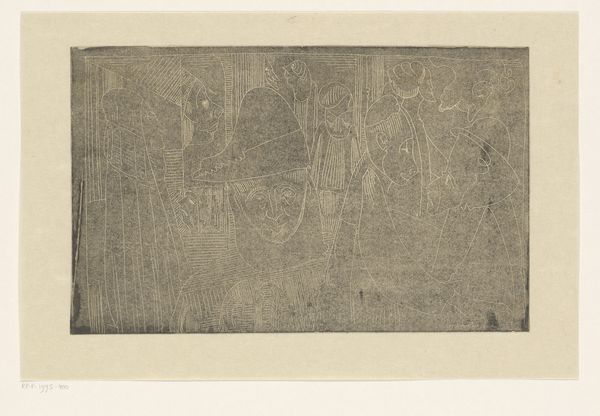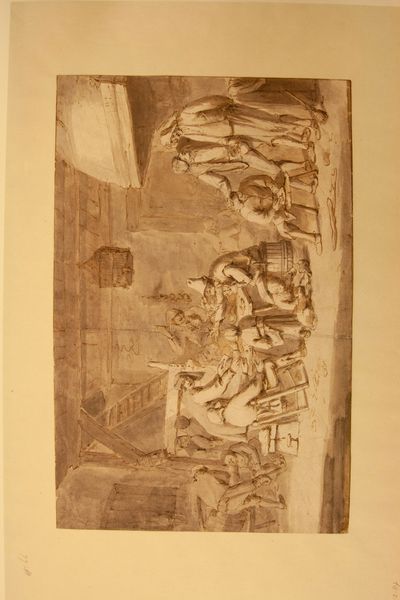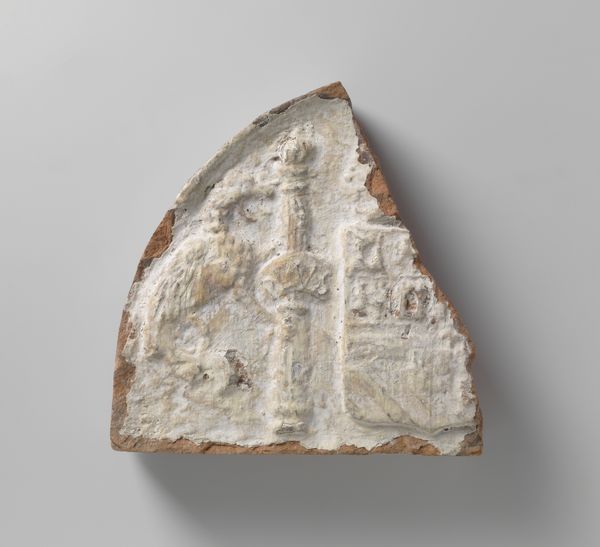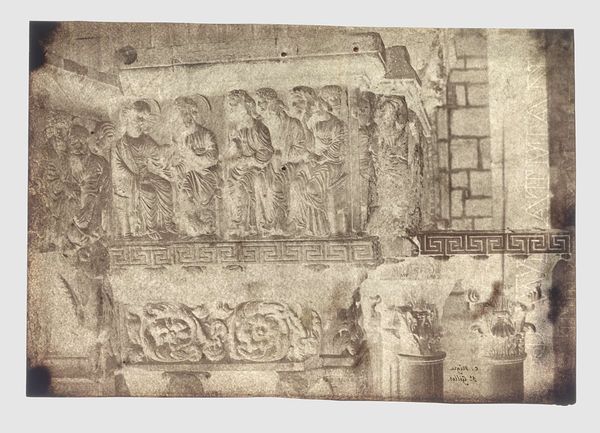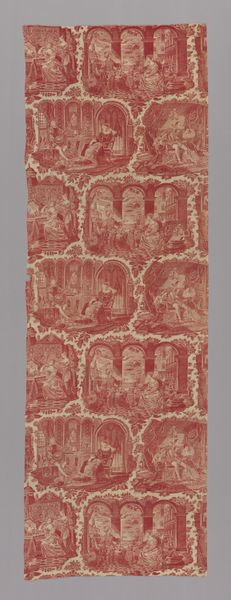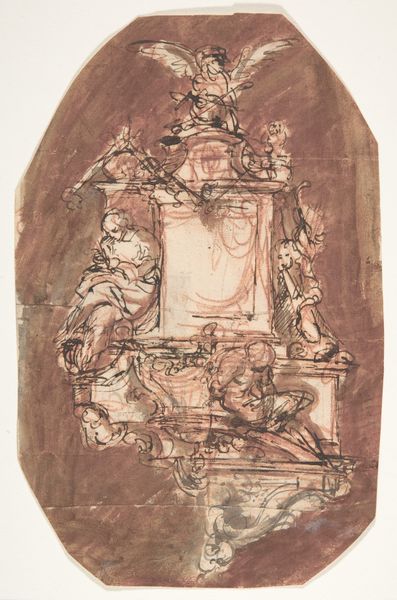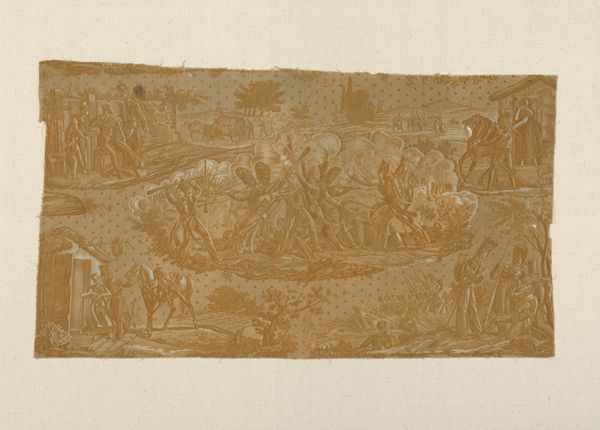
drawing, print
#
drawing
#
narrative-art
#
baroque
# print
#
figuration
#
history-painting
Dimensions: sheet: 12 5/8 x 9 1/8 in. (32.1 x 23.2 cm)
Copyright: Public Domain
Curator: Here we have an intriguing Baroque drawing or print—the "Massacre of the Innocents," dating sometime between 1700 and 1800. It’s currently held at the Metropolitan Museum of Art. Editor: My immediate impression is one of utter chaos. The dense composition and the use of a single reddish-brown tone heightens the drama and the sense of overwhelming violence. It's quite raw. Curator: Absolutely. The historical context of the Massacre of the Innocents is central here – King Herod’s attempt to eliminate the infant Jesus by ordering the execution of all young boys in Bethlehem. The artist uses Baroque drama to expose the brutality of power, the vulnerability of the innocent. I am interested in how viewers might perceive the performance of masculinity presented in this narrative, particularly what seems like uninhibited violence enacted on vulnerable mothers and children. Editor: Agreed. I'm also drawn to the artist's process, evident in the frenetic linework and the sheer number of figures crammed into the space. You can almost feel the labor and urgency in its making. Considering its purpose – perhaps as a preliminary study for a larger painting or a print meant for wider distribution – the materials themselves take on significance. It emphasizes how prints helped to bring images and stories into people's homes, democratizing art consumption. Curator: Exactly, we can question this democratization as access depends on economic means, as well as levels of visual literacy. I wonder, how did those who owned or viewed this print contextualize the depiction of violence and brutality? Is this a means to understand power, or an act of bearing witness? It offers insight into both historical artistic practices and the pervasive presence of violence in human societies. Editor: Perhaps both. For me, considering the materiality—the ink, the paper—anchors the artwork in its specific time and place of production. We understand it as an object produced by someone within a set of conditions, reflecting choices and limitations that shape the message being conveyed. I appreciate its visceral energy and its grounding in the physical world of making and consumption. Curator: And perhaps it calls for renewed attention to the ongoing atrocities enacted across various global locales. It speaks to the timeless realities of conflict and our shared responsibility to witness and resist. Editor: Well, thinking about materiality and purpose certainly enriches the experience beyond just an immediate gut reaction to its drama.
Comments
No comments
Be the first to comment and join the conversation on the ultimate creative platform.

